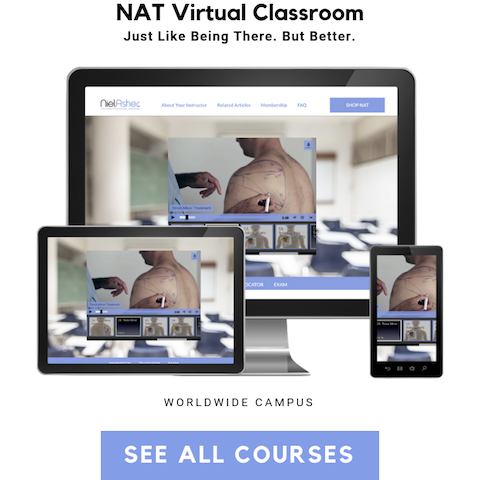CRPS 1 and Frozen Shoulder
CRPS 1 / RSD - May get worse if left untreated and can become irreversible
Severe cases of Frozen Shoulder Syndrome can be associated with Complex Regional Pain Syndrome 1 (CRPS 1) - formally known as Reflex Sympathetic Dystrophy (RSD) or Sudeck’s Atrophy
This condition can be a serious and unwelcome complication of frozen shoulder syndrome. In some cases the CRPS 1 may precede the onset of a Frozen Shoulder.
The average age of CPRS sufferers is 42, which fits into the “younger” frozen shoulder sufferer profile.
The condition is also commonly associated with insomnia, another frozen shoulder symptom.
About CRPS 1
CRPS 1 is a chronic systemic disease characterized by severe pain, swelling, and changes in the skin. If untreated, it gets worse over time.
It is a type of inflammation of the nerves that supply and nourish the blood vessels (vaso-nervorum) and small nerve pain fibers to the skin.
In over 90% of cases once it starts it spreads to other body areas. It can be very painful, even worse than childbirth!
CRPS 1 is sometimes diagnosed along with Fibromyalgia.
Common Symptoms
- Extreme sensitivity to pain, heat and cold in the fingers
- Stabbing or burning pain, tingles and electric feelings
- White-blue or reddish, hot (mainly) or cold, numb, stiff, swollen fingers
- Painful & swollen knuckle joints
- Muscle twitches and tremors
- Increased sweating and odour
- Strange odour from armpit
- Severe cramping in shoulder, elbow, wrist & hand
Frozen shoulder and CRPS I
Mostly on the affected side, the massive inflammation in a 'Freezing' Shoulder can spread to a nerve bundle at the base of the neck that regulates blood flow to the wrist and hand.
This causes a host of more unwelcome painful symptoms in the hands and fingers.
CPRS 1 and Trigger Points
CRPS I can manifest for a number of reasons including occupational and/or historic trauma. Whatever the cause, your body wants to protect you.
One of the observations physical therapists have made is that when you have CRPS (1) is that several key neck muscles become stiff and can’t extend to their full capacity.
This leads to a type of ‘muscular frustration’ and knots develop in these muscles, which are also known as trigger points.
Trigger points in these muscles cause them to be shorter and tighter and add to the cycle of increased input to your peripheral and central nervous system.
In most cases CPRS 1 is associated with trigger points in the upper trapezius, scalenes, and sternocleidomastoid muscles.
Treatment
We have learned that the RSD/CRPS 1 typically associated with frozen shoulder syndrome can be effectively addressed with the NAT frozen shoulder trigger point treatment protocol.
The CRPS usually improves in tandem with the shoulder, although bear in mind that the longer it has been there, the longer it takes to get better.
If you think you have RSD/CRPS you should consult your doctor and/or a suitably qualified healthcare practitioner.
Diagnosis can be made by thermography and/or a type of stress test to the nerves. These testing procedures are relatively simple, quick and painless.
General Advice
- Daily vitamin C
- Squeezing a squash ball for 5 minutes (5-10 times per day)
- Therapeutic Putty and certain home exercise products
- Ginko Biloba
- Ruta Gravis & Rhus Tox (only take with professional advice)
- The sooner you seek professional advice and treatment the better. This is because if you leave RSD too long it can become irreversible.
Please consult your doctor if you think that you have "major" or "severe" CRPS I. It may require special investigation.
Find a Trigger Point Professional in your area
Dry Needling for Trigger Points
Certify as a Trigger Point Therapist
Frozen Shoulder Publications and Courses
This trigger point therapy blog is intended to be used for information purposes only and is not intended to be used for medical diagnosis or treatment or to substitute for a medical diagnosis and/or treatment rendered or prescribed by a physician or competent healthcare professional. This information is designed as educational material, but should not be taken as a recommendation for treatment of any particular person or patient. Always consult your physician if you think you need treatment or if you feel unwell.




















